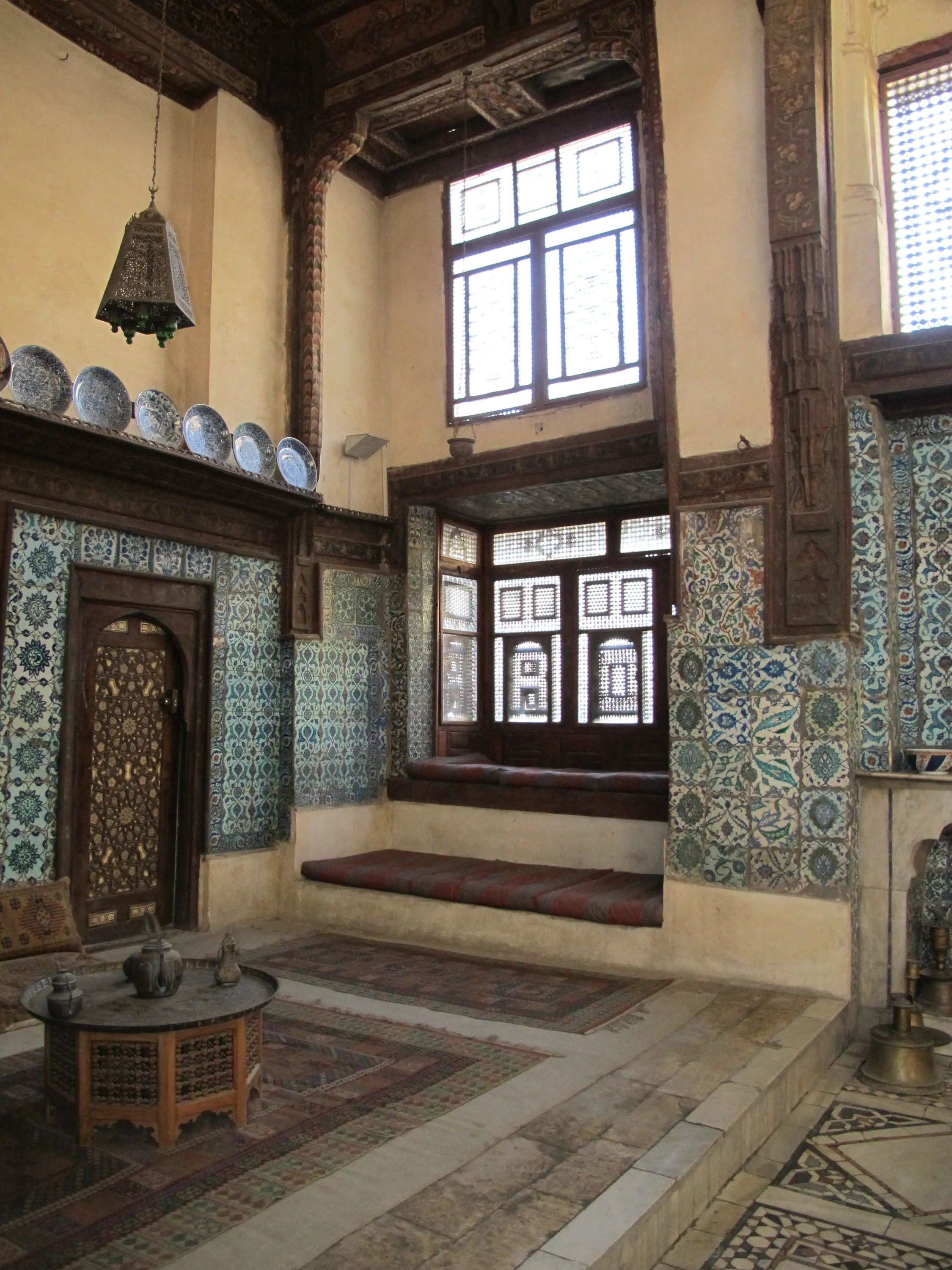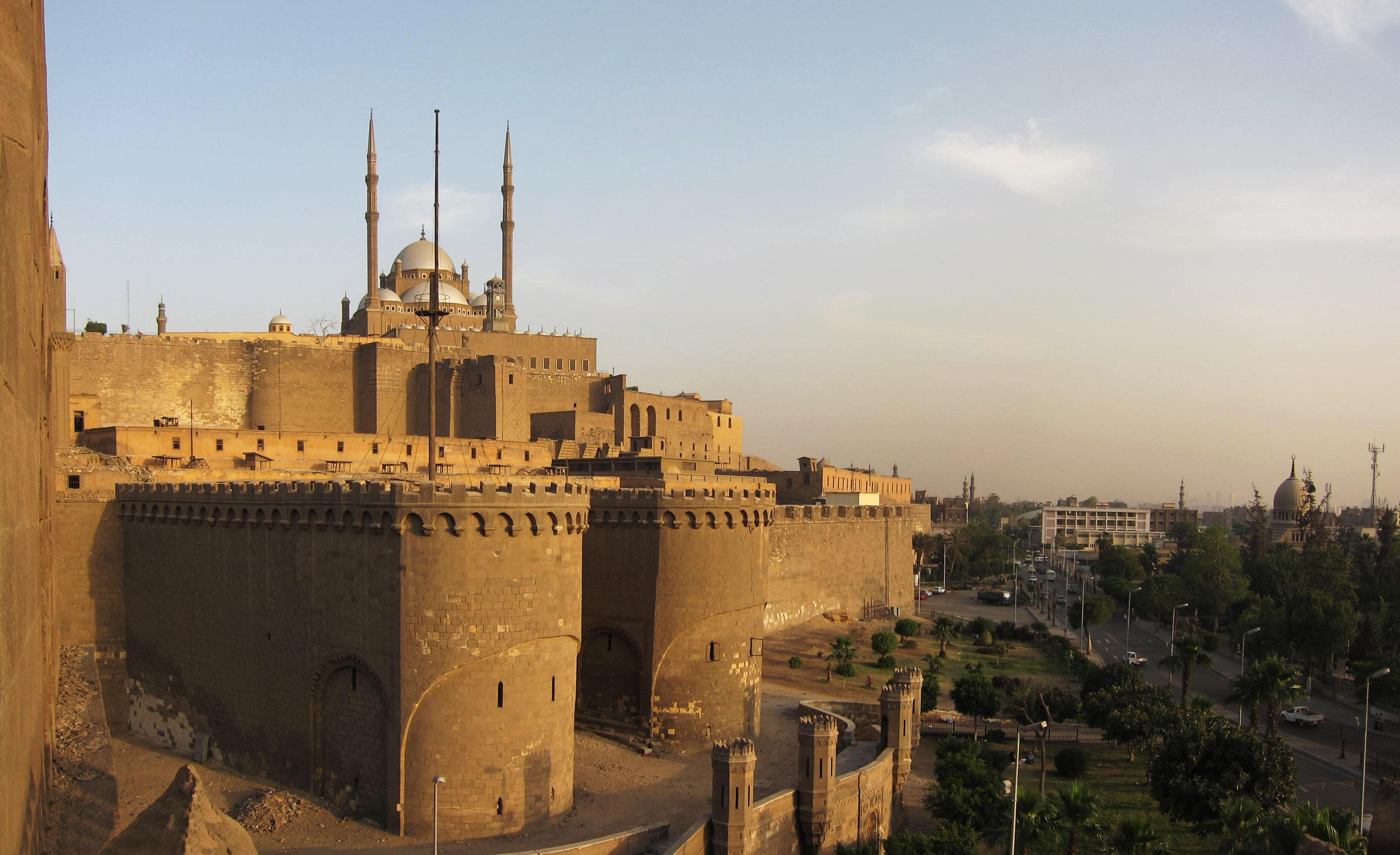
The complex of the Giza pyramid, also called the Giza Necropolis, is located on the Giza plateau, about 10 miles west of Cairo. The plateau was chosen because of its stable rocky outcropping and its location near the quarries in Abu Rawash. The complex consists of three main pyramids: the Great Pyramid of Giza, the Pyramid of Khafre, and the Pyramid of Menkaure, as well as their associated pyramid complexes and the Great Sphinx of Giza. The necropolis was built during the Fourth Dynasty of the Old Kingdom.
Khufu’s Complex
The Great Pyramid is the main element of the complex. It was built by Khufu, also known as Cheops. The Pyramid of Khufu is the largest in the history of ancient Egypt and one of the seven wonders of the ancient world. The Pyramid is composed of over 2,500,000 blocks of limestone, each weighing an average of 2.5 tons. Khufu’s Pyramid stood 147 metres high; its current height is 137 metres due to losing its top. The Great Pyramid of Giza was covered with polished limestone, known as casing stone. The Arabs stripped these stones to build their mosques and other buildings in the 14th century.
Khafre’s Complex
The complex was constructed by Khafre, also called Chephren, the son of Khufu. The Pyramid of Khafre is the second-highest of the Pyramids of Giza. Khafre’s Pyramid was originally 3 metres lower than his father’s. The bottom level of the outer casing is made of granite, while the rest is made of limestone. The Pyramid of Khafre still retains some of its outer casing below the apex.
The Sphinx is a unique part of Khafre's complex. Its Arabic name, Abu El Hawl, means "the father of dread." It measures about 73 metres long from the paw to the tail and 20 metres high from the base to the head. The statue is made of limestone and represents a recumbent lion with a human head.
Menkaure’s Complex
The Pyramid of Menkaure is the smallest of the three major pyramids on the Giza Plateau. Its original height was 66.5 metres. The Pyramid’s base area is less than a quarter of Khufu's and Khafre's. Shepseskaef, the son and successor of Menkaure, continued the work in the complex with mud bricks after his father's death.
 English
English
 Español
Español











